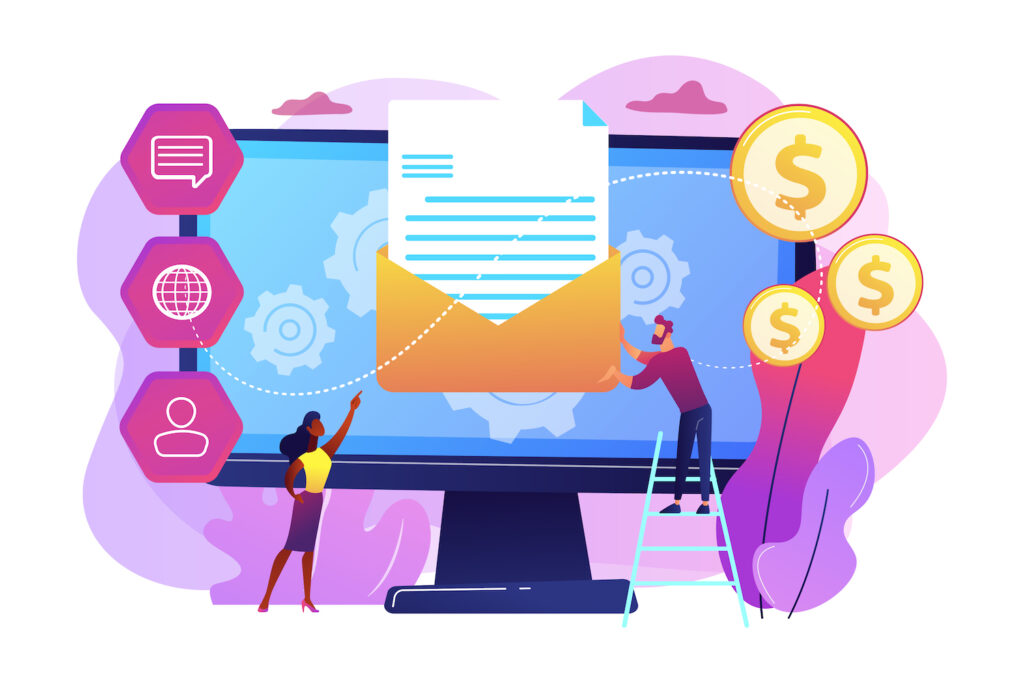
Across all sectors, there’s one universal truth: customers demand and deserve unparalleled experiences whenever they interact with businesses. The transformative power of OKR cannot be understated in this context. Numerous leading enterprises have vouched for its efficacy in establishing customer-focused objectives, ensuring teams remain aligned with these goals, and driving business growth. Companies can measure performance with precision and agility by using OKRs to pinpoint the right KPIs. But don’t just take our word for it. Recent studies indicate that organizations adopting OKRs see a substantial uptick in customer satisfaction scores, testimony to the tangible positive impact on the customer experience. This guide doesn’t merely highlight the benefits; it lays out a detailed roadmap on seamlessly embedding OKRs within performance appraisal, ensuring every team member is geared towards elevating the customer journey.
How OKRs Improve Performance Management
Performance management is an assessment tool and a holistic approach to ensuring employees meet their workplace responsibilities efficiently. It’s a cyclical process that weaves together various elements, central among them being the recognition of achievements, expressing appreciation for contributions, delineating clear goals, fostering skill enhancement, and offering constructive feedback. This process ensures that employees meet current expectations and are positioned for future growth and development within the organization.
Objective and Key Results (OKRs) offer a structured framework for goal setting, distilling performance criteria into specific, measurable, and actionable key performance indicators (KPIs). This creates a roadmap that guides each employee, ensuring they have a clear vision of what’s expected and how their contributions align with the broader organizational objectives.
By embedding OKRs into performance reviews, the evaluation becomes transparent and objective. Employees no longer feel they are assessed on vague criteria. Instead, they understand what targets they must hit, which areas require improvement, and where they excel. Furthermore, using OKRs can also foster a culture of continuous feedback, ensuring that employees receive real-time insights into their performance rather than waiting for annual review cycles. This dynamic approach motivates and keeps employees engaged, accelerating the organization’s adaptability and responsiveness to change.
Using OKRs with performance management creates a path to excellence, fostering a collaborative environment where everyone knows their role, purpose, and the tangible impact of their contributions.
Five Steps to Incorporate OKRs In Performance Appraisals
If your organization is new to the OKR framework or you want to improve your performance management processes, consider the following steps to apply OKRs to performance appraisal:
- Understanding & aligning OKRs with Business Goals
Every small business goal and individual-level OKR should adhere to the SMART principle: specific, measurable, achievable, relevant, and time-bound. Doing so ensures that your OKRs resonate with and actively support your company’s broader vision and strategic intents, forging a clear path toward cohesive growth.
- Mapping Out Your Customer Success KPIs
Dive deep into business objectives centered on customer success and distill the essential performance indicators that gauge the traction and progress in these areas. For instance, if your ambition is to enhance ticket response efficiency, your KPIs must delve into nuances like average resolution durations, the volume of pending tickets (backlog), and metrics highlighting individual agent efficiency and output. Remember, the granularity of these metrics can provide richer insights and actionable takeaways.
- Cascade and Communicate Your OKRs and KPIs
Once you implement customer success KPIs, check in with your team weekly and monthly to ensure everyone is on track. Use OKRs as continuous performance appraisal tools to address challenges as they arise. Fine-tune these OKRs to ensure clarity, preventing role confusion or duplicated targets. Set aspirational yet realistic KPIs to strike a balance, motivating without triggering undue stress or burnout.
- Monitor Performance Progress Regularly
Post the deployment of customer success KPIs, it’s crucial to maintain a rhythmic check-in cadence with your teams, weekly or monthly. This ensures alignment and timely interventions. Utilize OKRs as static goals and dynamic instruments for continuous performance assessment, offering the agility to address challenges and recalibrate strategies preemptively.
- Harnessing OKR-Driven Insights for Comprehensive Appraisals
The OKR framework is a goldmine of actionable team and individual performance data. These insights become indispensable during formal appraisal cycles, offering a data-backed approach to pinpoint areas necessitating improvement. Assessing employee performance becomes streamlined with definitive, quantifiable KPIs and a culture of open dialogue.
Examples of Customer Success KPIs To Leverage with OKRs
In performance appraisals, let’s look at the practical aspect of OKR vs. KPI. Here are some examples of customer-centric KPIs to measure in your business:
Customer Satisfaction Score (CSAT): This is a pivotal metric that quantifies the degree of customer contentment with your product, service, or any specific interaction with your company. CSAT typically utilizes direct feedback mechanisms such as post-interaction surveys and rating scales to understand how well you meet your customers’ expectations. A high CSAT often indicates that customers feel their needs and preferences are well-understood and catered to.
Net Promoter Score (NPS): NPS is a potent metric to assess customer loyalty and advocacy. Customers are usually posed with a simple question: “On a scale of 0 to 10, how likely are you to recommend our product or service to others?” The answers categorize respondents into promoters, passives, and detractors, giving businesses a clear picture of their reputation in the eyes of their consumers.
Customer Effort Score (CES): CES evaluates the ease of interaction customers have with your brand. This could be when they purchase, navigate your website, or attempt to resolve an issue. The foundational idea behind CES is that customers value straightforward, effortless experiences. Thus, a lower CES signifies that customers can achieve their goals seamlessly.
Repeat Purchase Rate: Beyond measuring transactional occurrences, the repeat purchase rate offers more profound insights into customer loyalty, trust, and overall satisfaction. It examines the frequency customers return to make additional purchases over a specified duration. Consistent repeat purchases indicate strong brand loyalty and satisfaction with the product or service.
First Response Time: This metric dives into the responsiveness of a company. It chronicles the duration it takes for a customer to receive the initial acknowledgment or response after reaching out. A swift first response time is often synonymous with a company’s commitment to its customers, emphasizing the importance of promptly addressing customer queries and concerns.
OKR Examples for Appraising Customer Success Teams
You can now derive OKRs from these customer success KPIs fairly easily, as demonstrated below:
Objective: To improve customer satisfaction
Key results:
- Increase our CSAT score by 15% in Q3
- Upgrade our ticketing system to reduce the average response time by 20%
- Attain 90% positive customer ratings in surveys after purchase
Objective: To improve customer loyalty and retention
Key results:
- Create a customer loyalty program with a 30% participation rate for current customers
- Boost our customer retention rate by 20% through personalized customer engagement strategies
- Boost upselling and cross-selling to gain 10% customer lifetime value (CLV) by the end of Q3
Objective: To improve our customer support experience
Key results:
- Implement training programs for support agents to reduce resolution time by 30%
- Implement a prioritization system to improve our first response time by 25%
- Maintain a 90% CSAT score for each customer support interaction
Conclusion
Incorporating the OKR framework into performance appraisals allows for a more structured and objective assessment, eliminating biases and subjective judgments. This clarity and specificity motivate teams to drive results and innovate. Furthermore, by differentiating between OKRs and KPIs, businesses can set aspirational goals while monitoring the vital metrics that signal operational health. This dual approach ensures the pursuit of growth and the sustenance of consistent service quality, enhancing overall customer satisfaction and loyalty.
Featured image by Startaê Team on Unsplash
The post The Power of Data-Driven Performance Appraisal: Integrating OKRs And KPIs For Customer Success appeared first on noupe.



